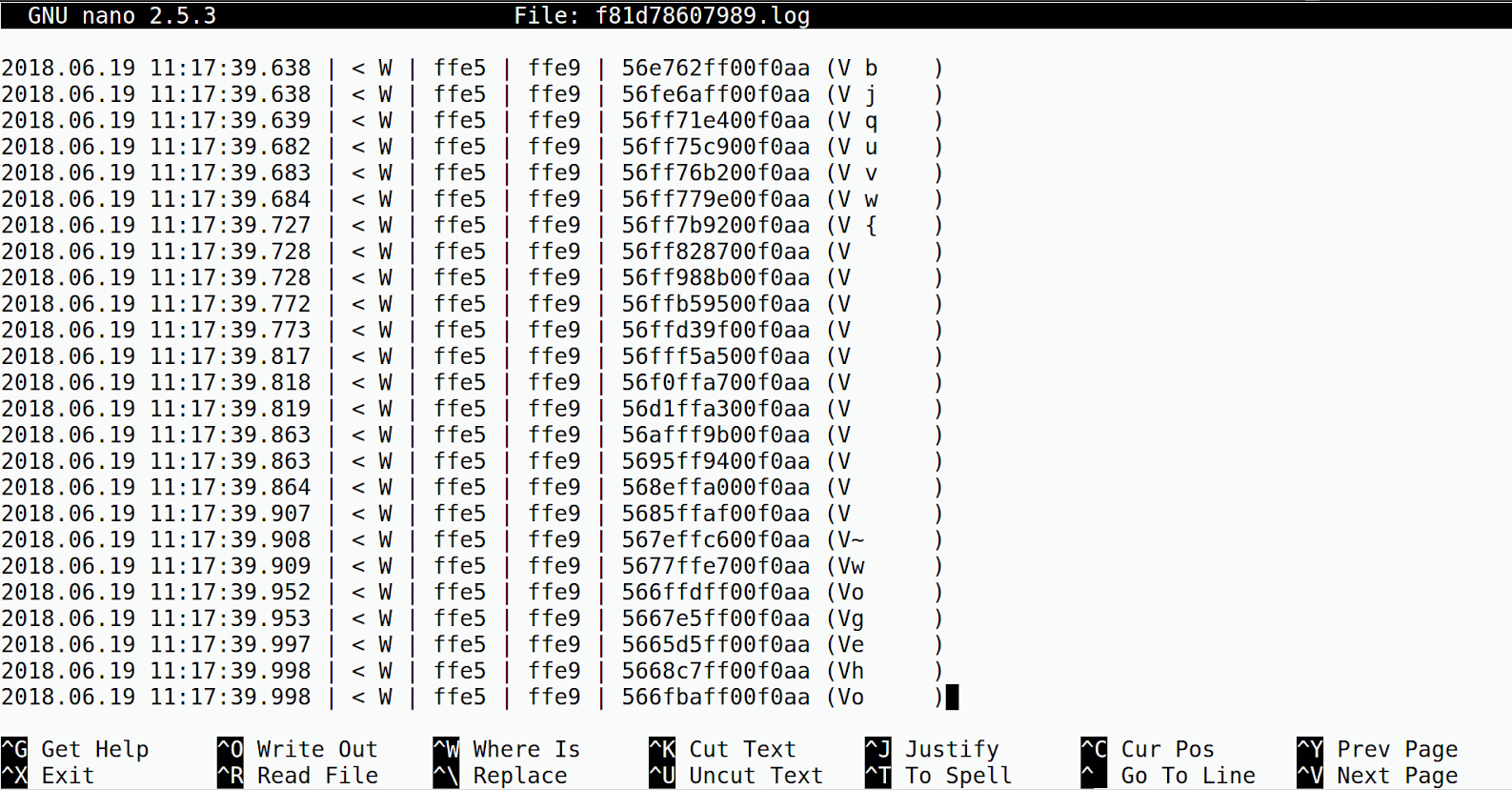Hacking Mac For Low Energy Bluetooth



Nov 15, 2019 They built a 'sniffer' - a hacking device that can identify Bluetooth devices based on the broadcasting messages sent by the devices. “The typical understanding is that Bluetooth Low Energy devices have signals that can only travel up to 100m,” Lin said. The Rise of Bluetooth 4.0. Let’s make something abundantly clear, there’s Bluetooth and Bluetooth Low Energy (BLE). Bluetooth was designed for short-range wireless communication (10–100. A beacon is a small Bluetooth radio transmitter, powered by batteries. Beacons are similar to a lighthouse in functionality. These small hardware devices incessantly transmit Bluetooth Low Energy (BLE) signals. The Bluetooth enabled smartphones are capable of scanning and displaying these signals. Jul 14, 2020 Bluetooth Low Energy (BLE) 5 has been around since 2016 with the most recent version 5.2 published just this year. There’s not much hardware out there that’s using the new hotness. Hacking Internet of Things: Bluetooth Low Energy Pandey, Shashank on Amazon.com.FREE. shipping on qualifying offers. Hacking Internet of Things: Bluetooth Low Energy. In the last few weeks I went for a drive into the Bluetooth Low Energy (aka BLE) topic. There are many articles on the web on “how to hack BLE” and stuff like that, so this is just a compilation of the things I wrote on my notepad and my decision of sharing it with the community. Mar 26, 2018 This is a step by step guide into how I hacked my Bluetooth Low Energy (BLE) fitness tracker so I could control it from Linux. This story started from a.
Bluetooth Hacking Software For Pc
Hackaday was at HOPE last weekend, and that means we got the goods from what is possibly the best security conference on the east coast. Some of us, however, were trapped in the vendor area being accosted by people wearing an improbable amount of Mr. Robot merch asking, ‘so what is Hackaday?’. We’ve all seen The Merchants Of Cool, but that doesn’t mean everyone was a vapid expression of modern marketing. Some people even brought some of their projects to show off. [Jeff] of reelyActive stopped by the booth and showed off what his team has been working on. It’s a software platform that turns all your wireless mice, Fitbits, and phones into a smart sensor platform using off the shelf hardware and a connection to the Internet.
Hacking Bluetooth Devices
[Jeff]’s demo unit (shown above) is simply a Raspberry Pi 3 with WiFi and Bluetooth, and an SD card loaded up with reelyActive’s software. Connect the Pi to the Internet, and you have a smart space that listens for local Bluetooth devices and relays the identity and MAC address of all Bluetooth devices in range up to the Internet.
Bluetooth Low Energy
The ability to set up a hub and detect Bluetooth devices solves the problem Bluetooth beacons solves — identifying when people enter a space, leave a space, and with a little bit of logic where people are located in a space — simply by using what they’re already wearing. Judging from what [Jeff] showed with his portable reelyActive hub (a Pi and a battery pack) a lot of people at HOPE are wearing Fitbits, wireless headphones, and leaving the Bluetooth on the phone on all the time. That’s a great way to tell where people are, providing a bridge between the physical world and the digital.